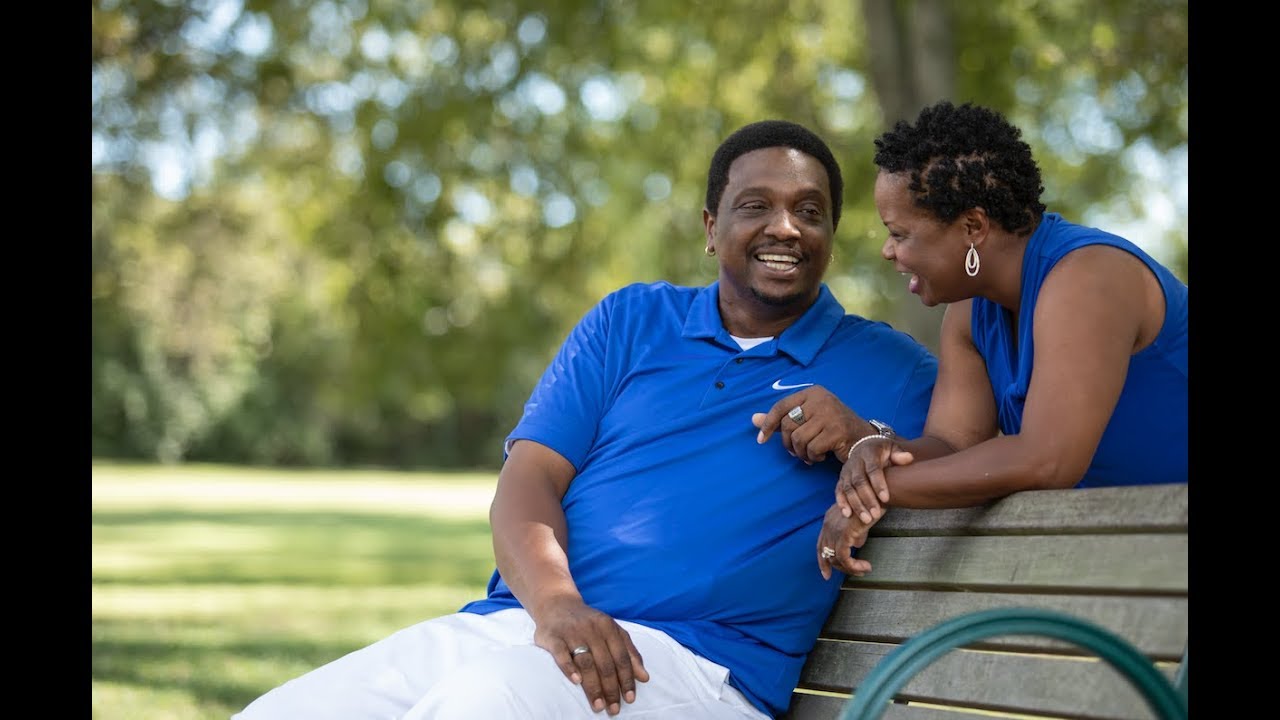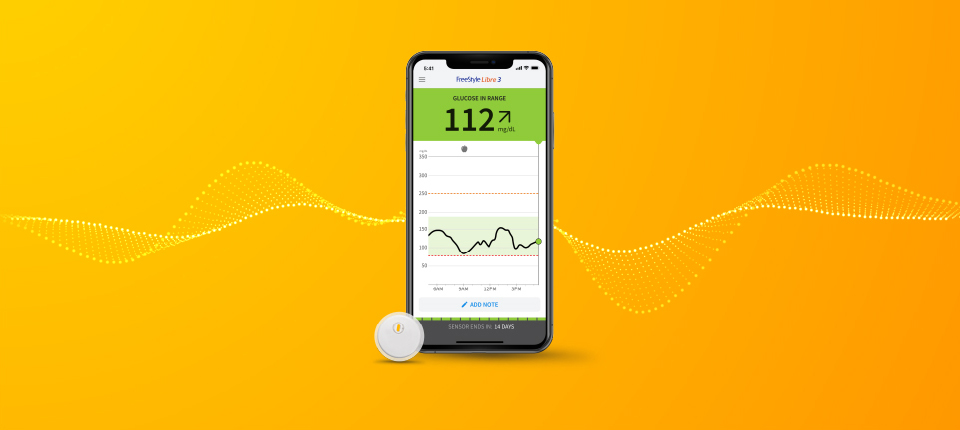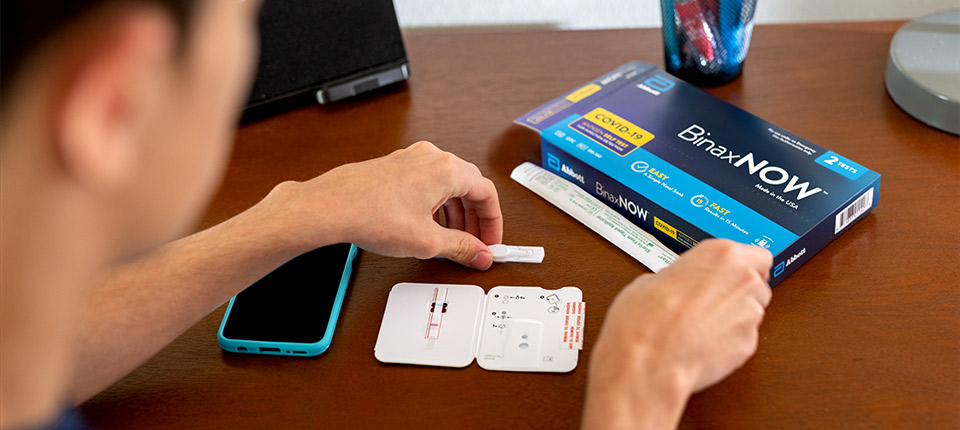Encouraging Results for Pumps
The most recent results from studies on HeartMate 3 show encouraging signs for people living with heart failure; improved long-term survival, higher quality of life and lowered chances of strokes and blood clotting. HeartMate 3 LVAD is built to last, and its Full MagLev technology is designed to pump blood efficiently without damaging the blood cells.
Having a heart pump today means people living with them must manage some of the technology. There's a driveline connected to the internal pump that extends outside the body to keep the device powered and running properly. But the next iterations of heart pumps are expected to remove that external equipment requirement and make LVADs of the future fully contained.
Future heart pumps are likely to be even smaller, lighter and more efficient. Advancements in battery technology, miniaturization and durability that make everyday devices around us last longer will also help tomorrow's designs, perhaps to a degree where cardiologists may recommend them over transplants.
"It could be as simple as wearing a vest that charges your heart pump like you can wirelessly charge a mobile phone," Bourque said. "We could have a situation where people don't even know you have a device inside you, and that discreetness will add a lot of appeal."
Mimicking Heart Rate Variations
A natural heart responds to our bodies' activity and adjusts how quickly it needs to pump blood. LVADs, like the HeartMate 3, have built-in features that allow physicians to adjust pumping speeds based on patient needs. That technology will continue to become more sophisticated, allowing future mechanical pumps even more versatility.
The rise of data – and devices that measure vital signs – could help a heart pump recognize the need to pick up the pace. This can be done by measuring factors that affect heart rate today such as respiratory rates where a variable pump speed could improve the device's performance.
For example, Abbott's CardioMEMS device measures and collects data on heart performance and wirelessly transmits it to the patient's clinic. That data could be looped to a mechanical pump to ensure consistent pressure within the heart, therefore improving quality of life. Software customization and even learning algorithms could be combined to create a mechanical heart that responds much like our hearts perform today.








FOLLOW ABBOTT